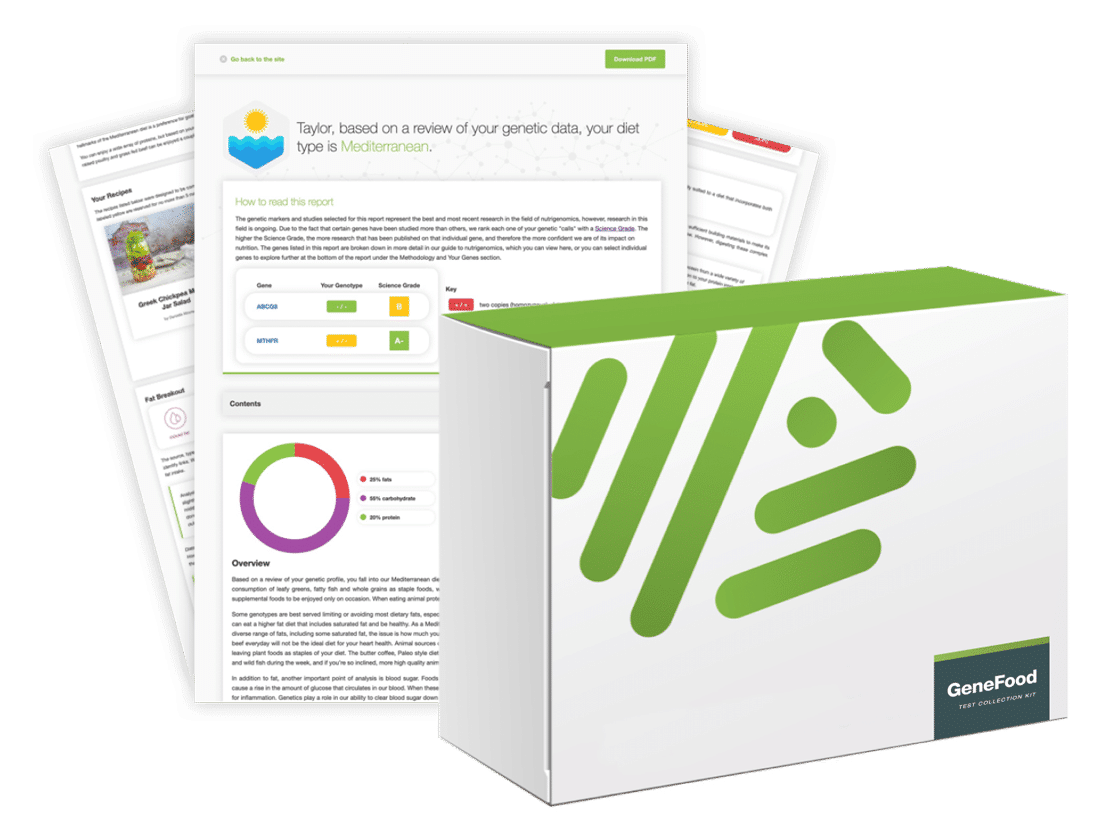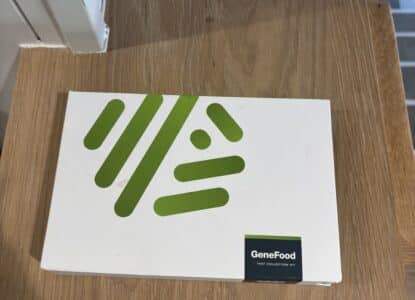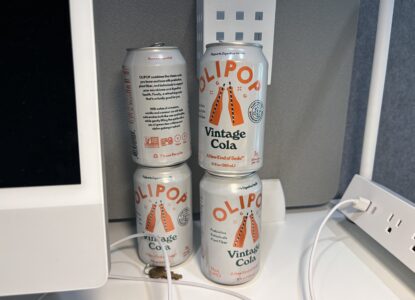3X4 Genetics Review: Who Is the Service Best For?

If you’re a health professional or a health nerd and you want a clear, health-focused genetic report for data-driven decisions over your personal health, 3×4 Genetics is a good option.
In fact, we have spoken to several practitioners over the years who swear by 3×4 and use it exclusively. The company is a reputable player in the health and wellness space and have created an impressive, and trustworthy, platform with popular reports like DNA methylation and MTHFR.
That said, this service has some limitations, which could mean a different genetic testing provider is a better choice for your needs, especially if you are a layperson. It is important to understand that practitioners who use 3×4 are required to undergo training to interpret the reports so this product will be “over the head” of most consumers and may not be useful as a result. Buy contrast, Gene Food, which has been in operation since 2018, covers much of the pathways that 3×4 Genetics does, but we have designed the product to be more accessible for the consumer.
We use a polygenic risk scorer approach and focus more on diet, whereas 3×4 is more pathway focused.
3×4 vs. 23andme
| 3×4 Genetics | 23andMe | |
| Main audience | Health professionals & their clients | Direct-to-consumer |
| Focus | Health pathways, actionable insights | Ancestry, traits, health predispositions |
| Sample collection method | Cheek swab | Saliva sample (can be tricky for some folks) |
| Report Design | Pathway-based, color-coded, practitioner-focused | Consumer-friendly, broad overview |
| Personalization | Broad recommendations but can be interpreted by a professional | No personalized or broad recommendations |
| Pathway Analysis | Yes (36 metabolic pathways) | No |
| Health Recommendations | Diet, lifestyle, supplements (broad) | Informational only, no recommendations |
| Ancestry Information | No | Yes |
| Visual Design | Color-coded, pathway-centric | General, consumer-friendly |
| Availability | U.S.A. only | International |
| Raw Data Download option | No | Yes |
| Cost (at time of writing) | $299 | Around $199 (in the U.S.) |

Get Started With Personalized Nutrition
Gene Food uses a proprietary algorithm to divide people into one of twenty diet types based on genetics. We score for cholesterol and sterol hyperabsorption, MTHFR status, histamine clearance, carbohydrate tolerance, and more. Where do you fit?
What is 3×4 Genetics?
First and foremost, 3×4 Genetics is a health-focused DNA testing company.
Its service is aimed primarily at health professionals looking to translate personal genetic information into recommendations for changes to lifestyle, nutrition, and supplement regimens.
The basic idea is to figure out what’s going on in your DNA and then find actionable insights to help optimize health.
The company offers reports designed to be read by healthcare professionals, and as I mentioned above, practitioners who sign up receive training before using the product. Each report organizes genetic insights into distinct (36 at the time of writing) metabolic pathways that influence, for instance:
- Inflammation
- Detoxification
- Energy metabolism
- Hormone balance.
The thinking behind this structure is to better allow a healthcare professional to communicate the report’s findings to their client.
What does 3×4 Genetics test?
The DNA microarray platform 3×4 Genetics uses does not provide whole genome analysis. Instead, the company hones in on specific genes known to affect health and wellness.
This does help to keep costs lower and processing times shorter, but it runs the risk of missing some genetic variants that are later identified as impacting health.
3×4 also doesn’t use Polygenic Risk Scoring (PRS). That means your report won’t provide insights on the potential combined effects of multiple genetic variants.
Let’s look at some of the testing features of 3×4 Genetics and 23andMe side by side:
| 3×4 Genetics | 23andMe | |
| Testing Method | DNA microarray (targeted genes) | DNA microarray (broader) |
| Scope | 36 health-related pathways | Health, ancestry, and traits |
| Polygenic Risk Scores | No | No (just basic health risks) |
| Depth | Focused, limited gene set | Broader, more markers |
Pros and Cons
Cons
As I mentioned earlier, the company is beloved by many practitioners and even physicians, however, the main downside of 3×4 Genetics is that the technical report is likely to prove confusing for the average person interested in health and wellness.
Expect a lot of technical language and brush up on your basic understanding of genetics and medicine if you plan to use this report without the guidance of a healthcare professional.
Even if you do use this service alongside a helathcare provider, they will need to be sufficiently well versed in genetics to interpret your results and provide insights and actionable takeaways.
Other downsides are:
- In my opinion, 3×4 Genetics’ security and privacy policies could be more clear
- There’s no option to download your raw data from 3×4, unlike with 23andMe
- This limits your options to use third parties to analyze your data further (such as Promethease)
- The focus is limited and doesn’t include polygenic risk information
- The cost is about twice as expensive as 23andMe’s Health and Ancestry service
- You don’t get any ancestry information or opportunity to find long lost cousins, unlike with Ancestry or 23andMe
- 3×4 Genetics is currently only available in the U.S.A.
Pros
The sample collection process is non-invasive and simple, requiring just a cheek swab. Many practitioners love 3×4 and they offer training program.
Compared to Invitae and 23andMe, which require collecting quite a lot of saliva, the 3×4 process is quick, easy, and achievable even if you don’t produce much saliva.
The turnaround time is also excellent, typically providing results in 3-4 weeks (similar to 23andMe).
For healthcare professionals and health nerds, the reports look good and are well structured for ease of understanding.
- 3×4 uses color-coding for each pathway
- The report makes it easier to quickly identify areas of opportunity for big impact.
The report offers broad recommendations, which a healthcare provider will need to interpret and tailor to the individual. 23andMe doesn’t offer any recommendations.
The takeaway
3×4 Genetics is a decent option for identifying some genetic variants known to impact health and wellness. This assumes, though, that you are a very well-versed lay person or plan to work with a genetic counsellor or knowledgeable healthcare practitioner.
Compared to 23andMe, 3×4 Genetics is more useful, clinically, for health professionals.
There are some significant downsides to 3×4 Genetics that you’d be wise to consider, though, before choosing this provider over another consumer genetics service.
For me, the inability to download the raw data from 3×4 Genetics is a dealbreaker. Given the limited scope of the report, its technicality, and lack of PRS, I’d want to at least be able to take that raw data elsewhere for additional analysis.

Get Started With Personalized Nutrition
Gene Food uses a proprietary algorithm to divide people into one of twenty diet types based on genetics. We score for cholesterol and sterol hyperabsorption, MTHFR status, histamine clearance, carbohydrate tolerance, and more. Where do you fit?



